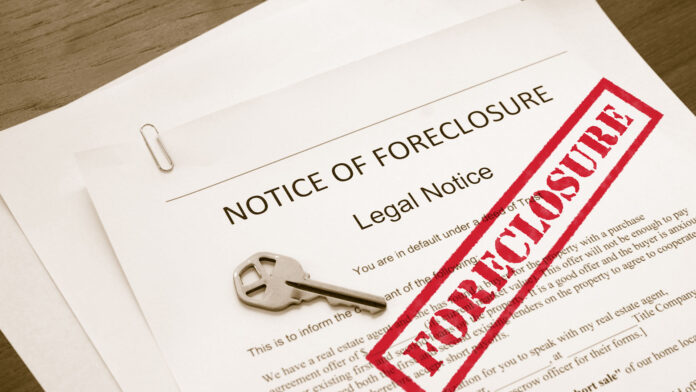Nearly 2M borrowers remain in forbearance plans currently. What are the states and counties where at-risk borrowers are now living?
Overall Mortgage Health in Light of Coronavirus Era
The onslaught of the COVID-19 pandemic in March 2020 delivered massive impacts to the nation’s housing market. All-time low interest rates became an enabling reality to potential housing consumers, home value appreciation took off at a pace not seen since the 1970’s and loan assistance via forbearance plans has been used by millions of homeowning borrowers.
Nearly 2M homeowning borrowers still remain in forbearance plans. It is these borrowers still under forbearance plans who have a higher risk of foreclosure.
“You’re going to see a lot of scrambling when people find out they have a very big-ticket expense,” said Thomas Showalter, founder and CEO of Candor Technology. “It’s going to be a bit chaotic and I seriously doubt the average delinquent borrower is prepared because I think most of them thought the past due interest payments were forgiven as opposed to forborne.”
How to Measure Effects of COVID on Housing
The US Census Bureau created the Household Pulse Survey to measure the effects of COVID’s effects on housing. Its latest survey through July 5 found that 36% of households are in arrears on their rent or mortgage payments.
This 36% share of households may likely face eviction or foreclosure soon, according to Sara Rutledge, founder and principal economist with SRR Consulting.
New Foreclosure Rules Added to Aid Struggling Homeowning Borrowers
The Consumer Financial Protection Bureau (CFPB) estimates that more than 3% of all borrowers are four months or more delinquent on their mortgages. This is the point at which a foreclosure may be initiated.
The CFPB designed rule changes or amendments to help millions of struggling borrowers with their exit forbearance plans. However, these amendments go into effect August 31 do NOT prohibit foreclosure.
Remember too that decade-high equity levels due to exponential home price growth may save many borrowers from losing their homes. But not every city has experienced boomtown home price growth and not every borrower has experienced decade-high hom quity growth.
The fact remains that borrowers with lower financial stakes in their properties and higher debt-to income ratios (such as homeowners with FHA loans) are at greater risk of foreclosure.
Most Foreclosure-Vulnerable Places in Country
“Areas where employment was disrupted by the pandemic the most are the areas most vulnerable to mortgage distress,” said RealtyTrac’s Sharga. “The answer is jobs, jobs, jobs.”
ATTOM Data Solutions analyzed COVID-related mortgage risk in Q2 2021 to determine the states with the most vulnerable counties in the US. These are the states having the most vulnerable counties:
- Florida with 31 counties
- California with 26 counties
- Illinois and Ohio with 19 counties each
- New Jersey with 17 counties
These are the counties most vulnerable to mortgage risk:
- Delaware County outside of Philadelphia PA
- Kendall and McHenry Counties adjacent to Chicago IL
- Passaic County NJ
- Butte County CA
Thanks to the US Census Bureau, SRR Consulting, Consumer Financial Protection Bureau, RealtyTrac, ATTOM Data Solutions and National Mortgage News.























